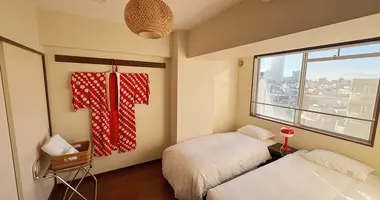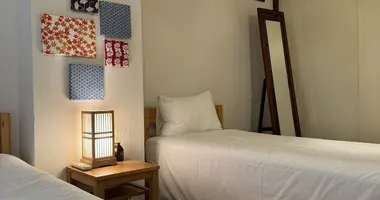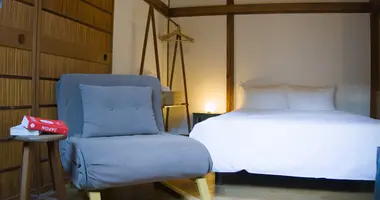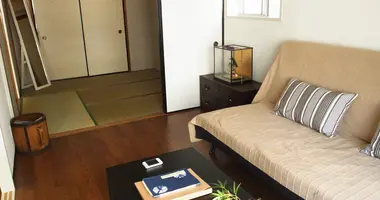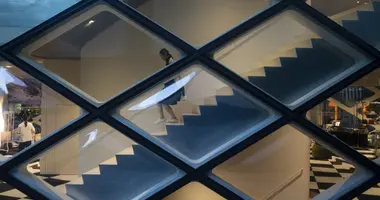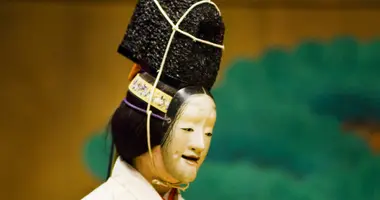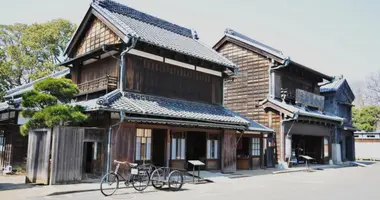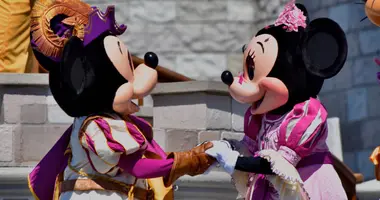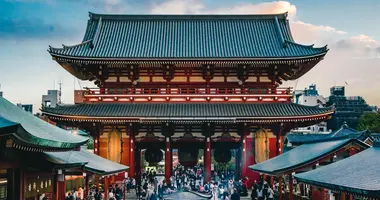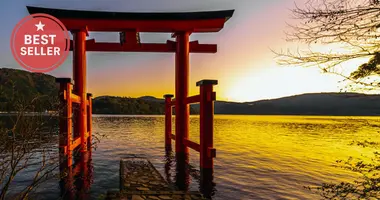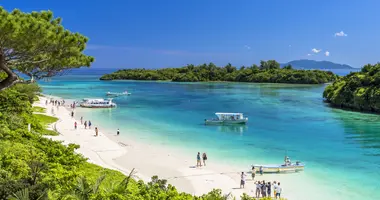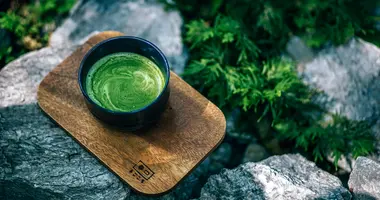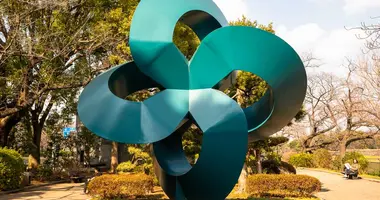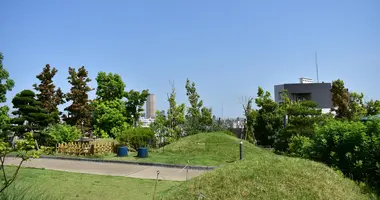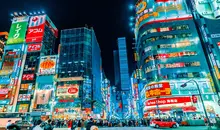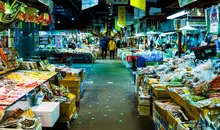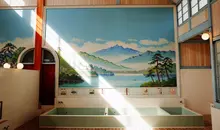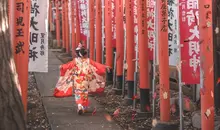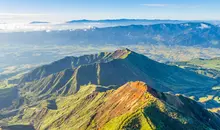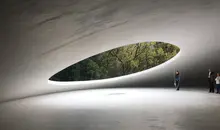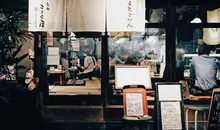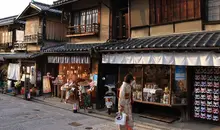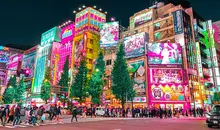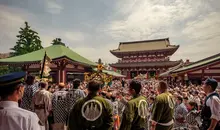Meiji Jingu Inner Garden: A hidden gem of tranquility and beauty in Tokyo
- Published on : 21/05/2024
- by : Japan Experience
- Youtube
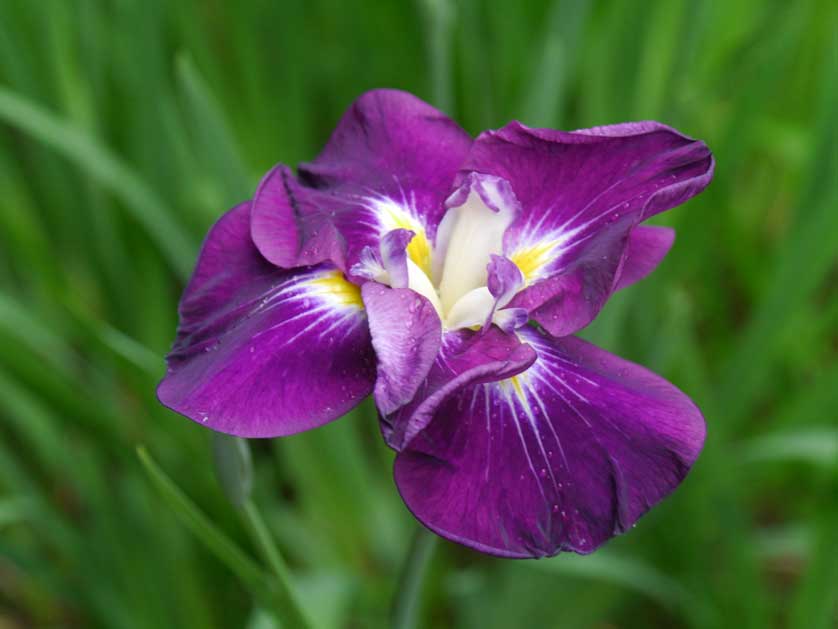
Iris Garden, Meiji Shrine Inner Garden, Meiji Shrine, Tokyo
Nestled within the bustling heart of Tokyo lies a serene oasis known as the Meiji Jingu Inner Garden. This hidden gem, also called Jingu Nai-en or Gyoen, offers visitors a peaceful retreat from the city's vibrant energy. Spanning 83,000 square meters, the garden showcases a harmonious blend of natural beauty and historical significance. With its stunning iris displays, tranquil pond, and centuries-old trees, the Inner Garden provides a unique glimpse into Japan's rich cultural heritage and the legacy of Emperor Meiji and Empress Shoken. Whether you're a nature enthusiast, history buff, or simply seeking a moment of tranquility, the Meiji Jingu Inner Garden promises an unforgettable experience in the heart of Tokyo.
History and significance of Meiji Jingu Inner Garden
The Meiji Jingu Inner Garden predates the famous Meiji Shrine itself, with roots tracing back to the early Edo Period (1603-1867). Initially constructed by Lord Kato of Kumamoto, the same military commander who completed the renowned Kumamoto Castle in 1610, the garden has a rich historical background.
The garden's significance grew exponentially during the Meiji Period when it became part of the Imperial estate. Emperor Meiji, a pivotal figure in Japan's modernization, commissioned several additions to the garden, including the Kakuun-tei teahouse, specially built as a resting place for Empress Shoken. This thoughtful gesture highlights the Emperor's deep respect and consideration for his consort.
Today, the Inner Garden stands as a living testament to Japan's transition from feudal rule to a modern state. It beautifully encapsulates the balance between tradition and progress that characterized the Meiji era, making it an invaluable cultural and historical asset.
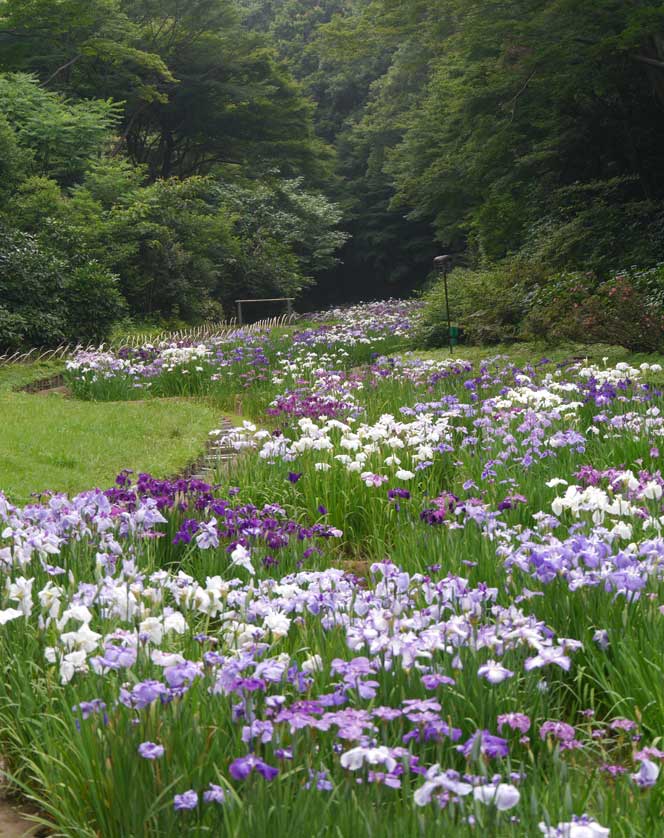
Key features and attractions of the garden
The Meiji Jingu Inner Garden boasts several notable features that captivate visitors throughout the year:
1. Iris Garden: The crown jewel of the Inner Garden, this spectacular display includes 1,500 iris plants of 150 different species. The iris garden was personally designed by Emperor Meiji for Empress Shoken, transforming what was once a samurai training field into a breathtaking floral paradise.
2. Nan-chi Pond: This expansive body of water, covering 8,300 square meters, is fed by pure spring water. Some of the carp swimming in the pond are said to be descendants of those released by Emperor Meiji himself a century ago.
3. Kiyomasa's Well: Named after the military commander who dug it around 400 years ago, this well is renowned as one of the most famous from the Edo Period. Its water maintains a constant temperature of 15 degrees Celsius (59 degrees Fahrenheit) year-round and is used to irrigate the iris garden and feed Nan-chi Pond.
4. Kakuun-tei Teahouse: This elegant structure, commissioned by Emperor Meiji, overlooks Nan-chi Pond and served as a rest house for Empress Shoken. Its placement offers stunning views of the surrounding landscape.
5. Azalea Garden: Complementing the iris display, this section of the garden features azalea trees, some of which are over 100 years old.
6. Japanese Maples: The garden is surrounded by magnificent Japanese maple trees, which provide a spectacular show of colors, especially during autumn.
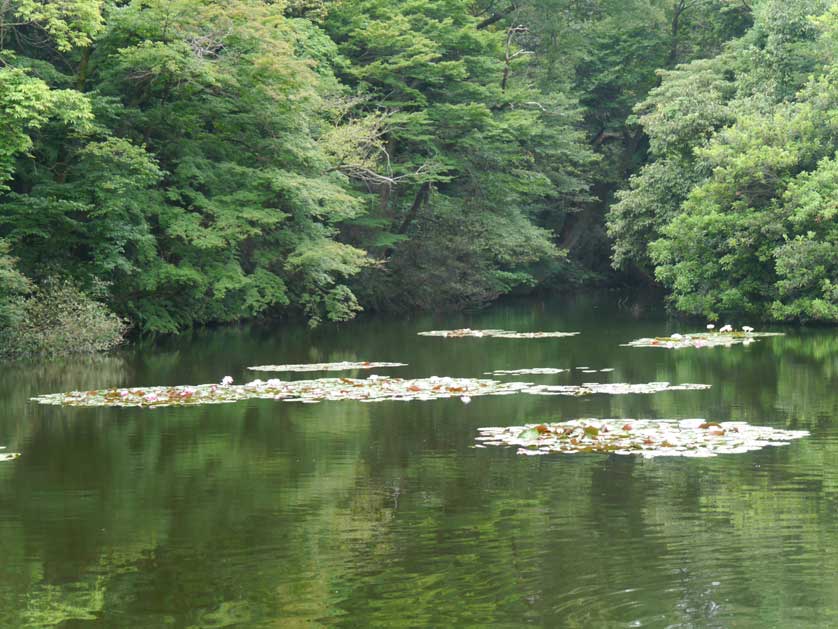
Nan-Chi Pond, Meiji Shrine Inner Garden, Meiji Shrine, Tokyo
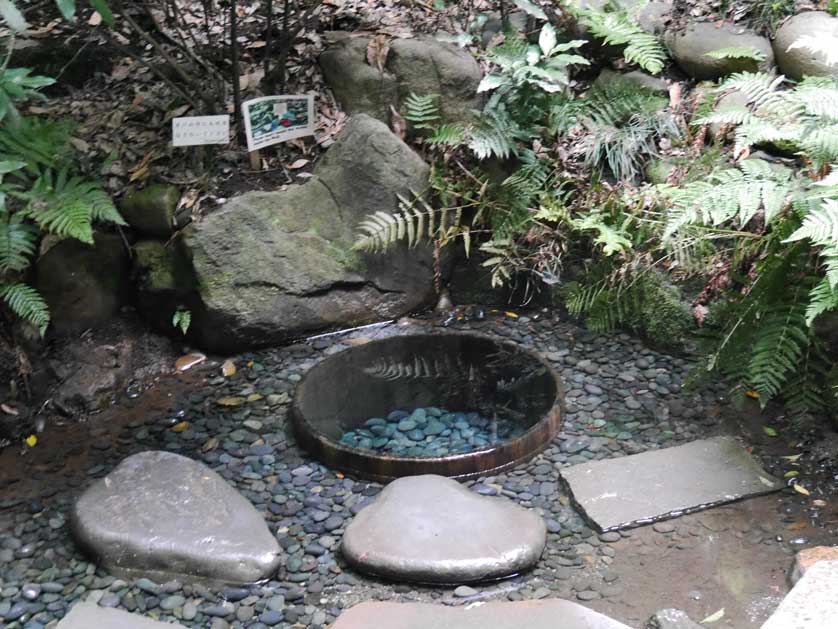
Kiyomasa's Well, Meiji Shrine Inner Garden, Meiji Shrine, Tokyo
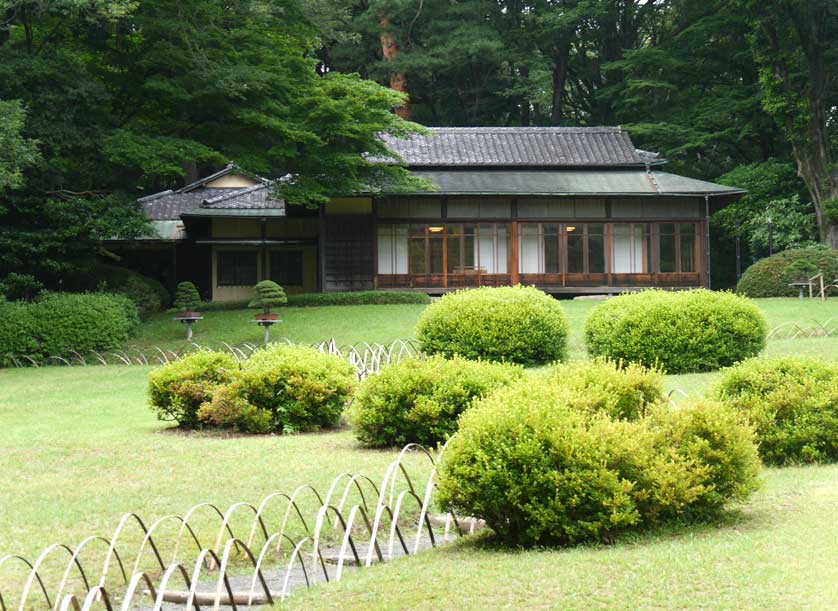
Kakuun-tei Tea House, Meiji Shrine Inner Garden, Meiji Shrine, Tokyo
Seasonal highlights and best times to visit
The Meiji Jingu Inner Garden offers unique experiences throughout the year, with each season bringing its own charm:
Spring (March to May): This season heralds the blooming of various flowers. Trout lilies (Katakuri) can be seen from mid-March to early April, followed by Japanese globeflowers (Yamabuki) and wisteria (Fuji) in April. The azalea garden reaches its peak in late April, with some trees over a century old bursting into vibrant colors.
Summer (June to August): The highlight of summer is undoubtedly the iris garden in full bloom from late May through late June. This spectacle draws visitors from far and wide to witness the 1,500 iris plants in their full glory. Water lilies (Suiren) also grace the garden from June to September.
Autumn (September to November): As temperatures cool, the garden transforms with stunning autumn foliage. The Japanese maples are particularly breathtaking from late November to mid-December, painting the landscape in warm hues.
Winter (December to February): While the garden may seem dormant, winter offers its own unique charm. From November to March, visitors might spot mandarin ducks in the pond, adding a touch of color to the winter landscape.
For wildlife enthusiasts, the garden is home to kingfishers year-round, offering birdwatching opportunities regardless of the season.
Practical information for visitors
To make the most of your visit to the Meiji Jingu Inner Garden, consider the following practical information:
Admission and Hours: The Inner Garden requires a separate entrance fee of 500 yen. It's open from 9:00 am to 4:30 pm daily, with last admission 30 minutes before closing. During the peak iris blooming season in mid-June, hours may be extended.
Access: The garden is easily accessible from several stations: - Harajuku Station on the JR Yamanote Line(Omotesando Exit) - Meiji-jingu-mae Station on the Chiyoda Subway Line - Kita-sando Station on the Fukutoshin Line of the Tokyo metro
Best Time to Visit: To avoid crowds, consider visiting early in the morning or on weekdays. For a truly tranquil experience, aim to arrive when the gates open at 9:00 am.
Facilities: While the garden itself doesn't have many amenities, the surrounding Meiji Shrine complex offers restrooms and vending machines. It's advisable to bring your own water, especially during summer months.
Photography: Photography is allowed in most areas of the garden, but be respectful of other visitors and any restricted areas.
Connection to Meiji Shrine and surrounding areas
The Meiji Jingu Inner Garden is an integral part of the larger Meiji Jingu complex, one of Tokyo's most significant Shinto shrines. After exploring the Inner Garden, visitors can easily access the main shrine buildings, which are dedicated to the deified spirits of Emperor Meiji and Empress Shoken.
The shrine and garden are adjacent to the expansive Yoyogi Park, offering additional green space for relaxation or recreation. The contrast between the serene atmosphere of the shrine complex and the vibrant energy of nearby Harajuku is striking, highlighting Tokyo's unique blend of tradition and modernity.
For those interested in exploring further, the fashionable districts of Omotesando Avenue and Aoyama are within walking distance. The bustling areas of Shibuya and Shinjuku are just a short train ride away on the Yamanote Line, making the Inner Garden a perfect starting point for exploring Tokyo's diverse neighborhoods.
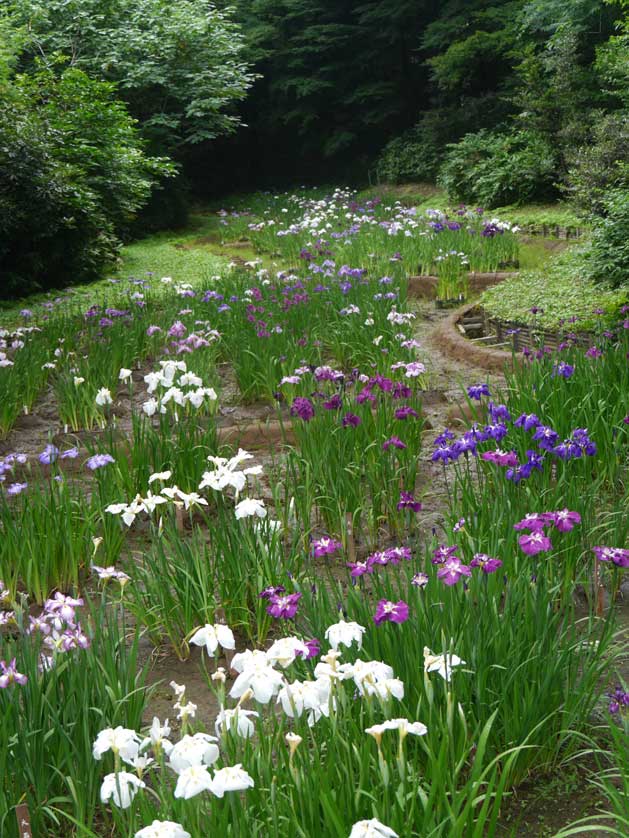
Meiji Shrine Inner Garden, Meiji Shrine, Tokyo
Cultural and natural importance of the garden
The Meiji Jingu Inner Garden holds immense cultural and natural significance, serving as a living museum of Japanese history and horticulture:
Cultural Importance: The garden stands as a testament to the Meiji era, a pivotal period in Japan's history that saw rapid modernization while maintaining respect for tradition. It embodies the aesthetic principles of Japanese garden design, showcasing the harmonious relationship between nature and human intervention. The presence of structures like the Kakuun-tei teahouse offers insights into traditional Japanese architecture and the tea ceremony culture.
Natural Significance: Despite its location in the heart of Tokyo, the Inner Garden, along with the larger Meiji Shrine complex, forms a crucial green lung for the city. The diverse flora, including century-old trees and rare plant species, provides a habitat for various wildlife, contributing to urban biodiversity. The garden's meticulous maintenance, following traditional techniques, helps preserve horticultural practices that have been passed down through generations.
Educational Value: For visitors, the garden offers a unique opportunity to learn about Japanese history, culture, and nature in a single location. It serves as an outdoor classroom, teaching about the country's imperial past, traditional gardening techniques, and the importance of nature conservation in urban settings.
In conclusion, the Meiji Jingu Inner Garden is not just a beautiful space, but a living, breathing piece of Japanese heritage. It invites visitors to step back in time, immerse themselves in nature, and gain a deeper appreciation for the delicate balance between progress and tradition that defines modern Japan. Whether you're a first-time visitor to Tokyo or a long-time resident, this hidden gem offers a refreshing escape and a chance to connect with the heart of Japanese culture and nature.
